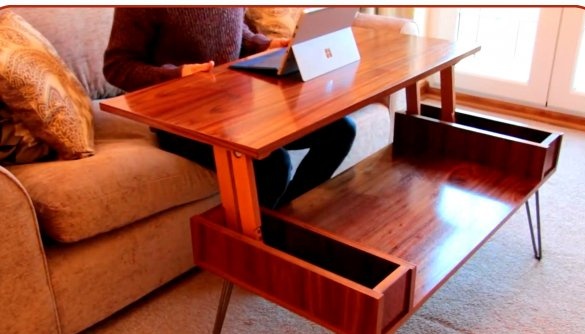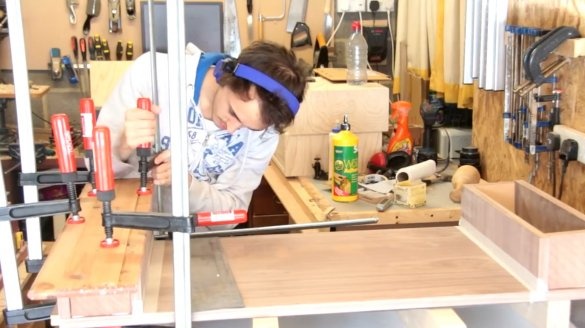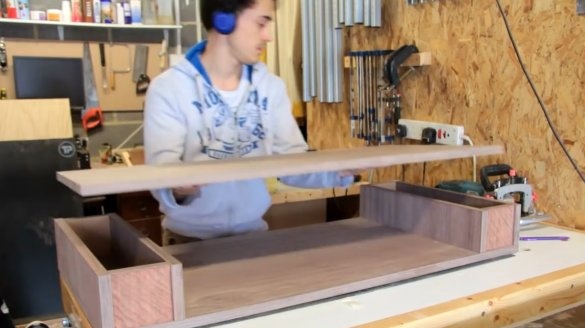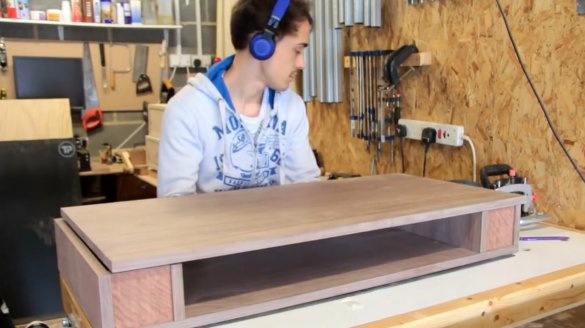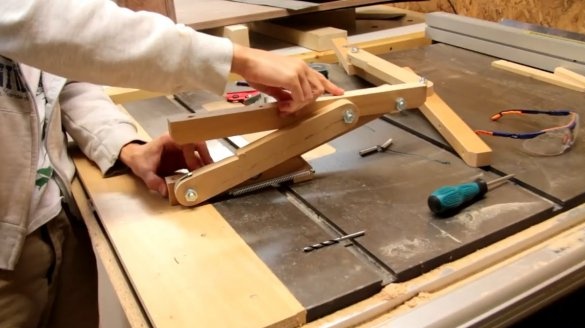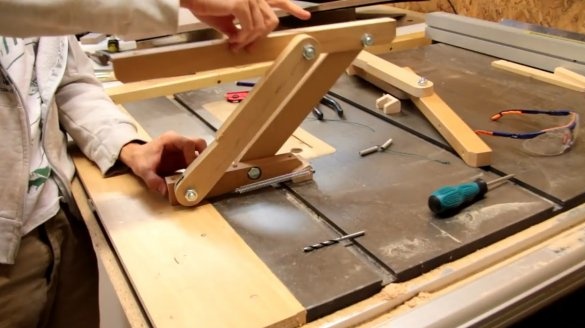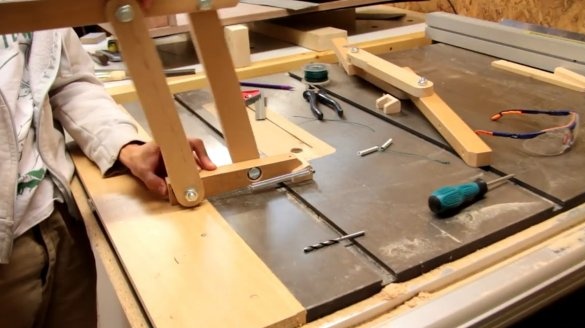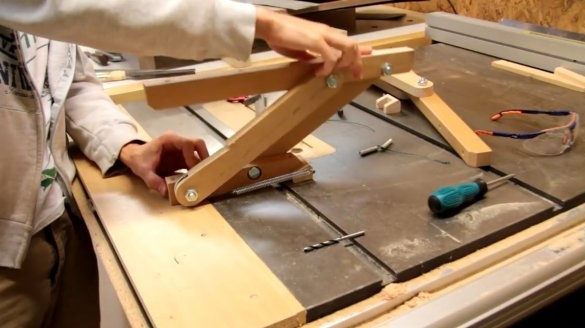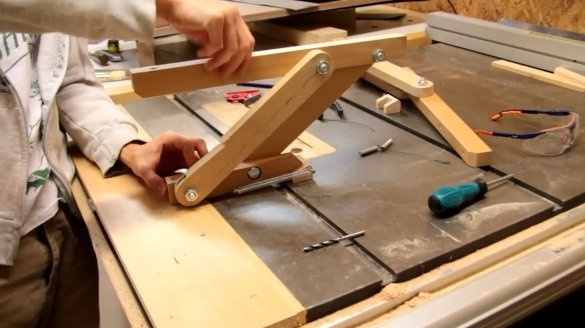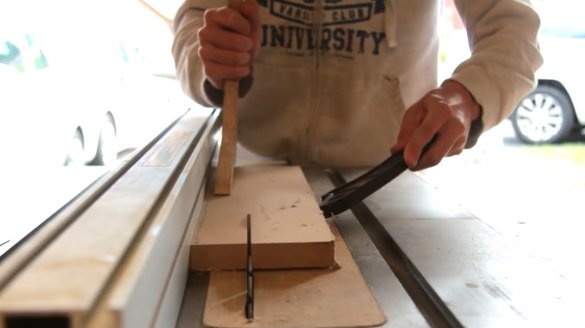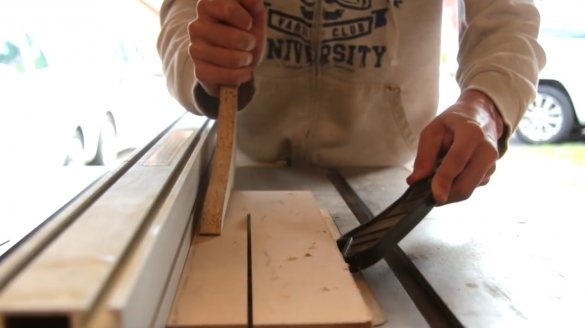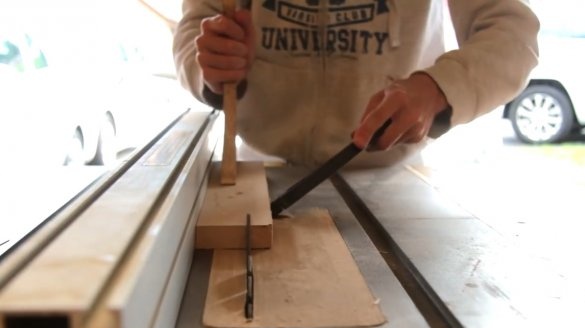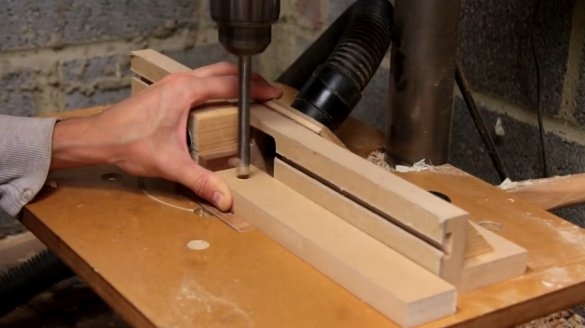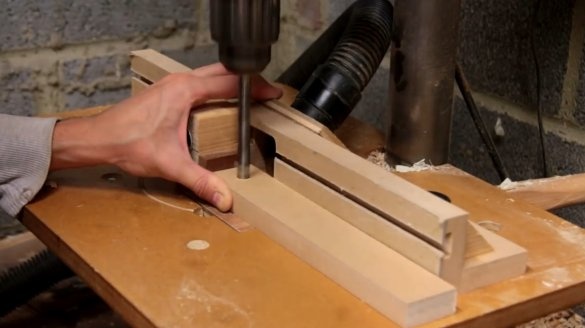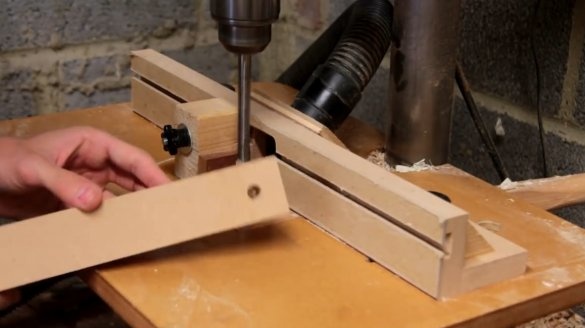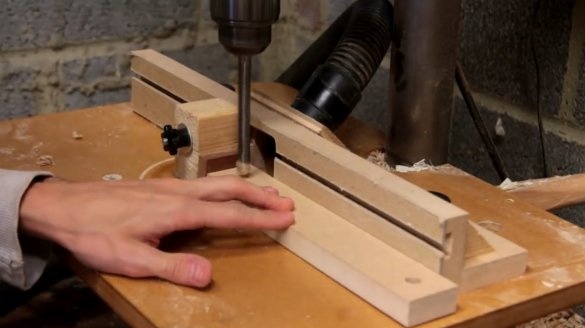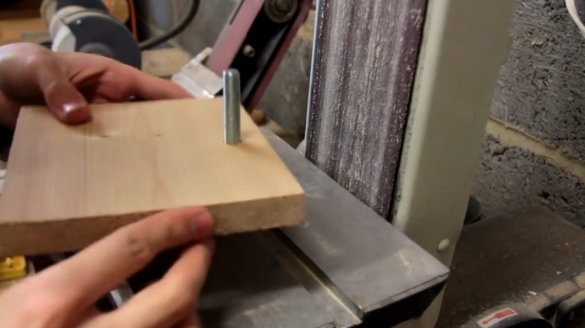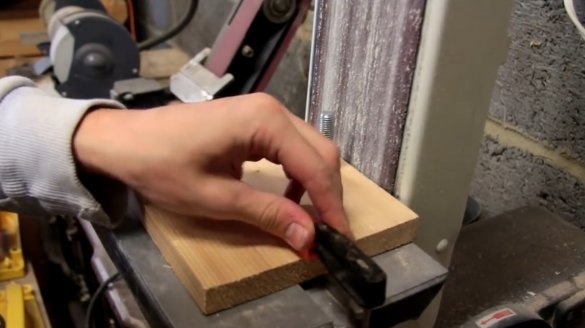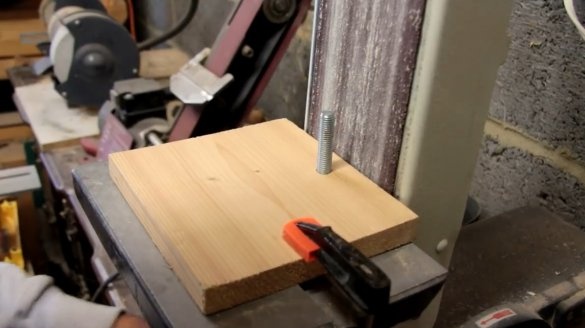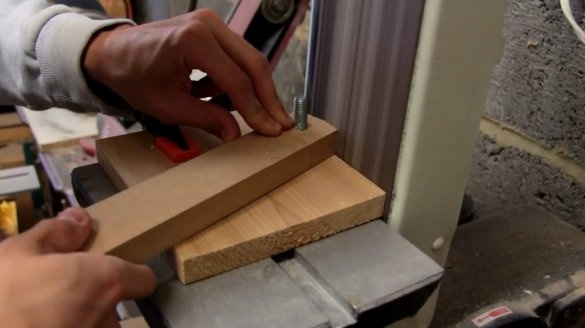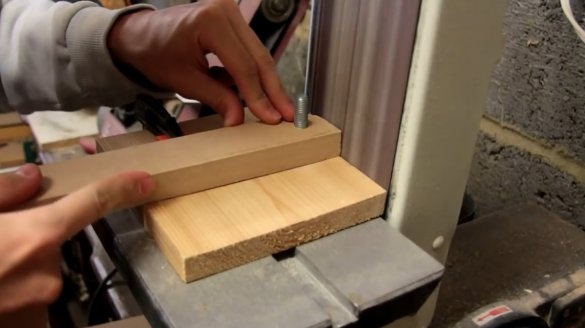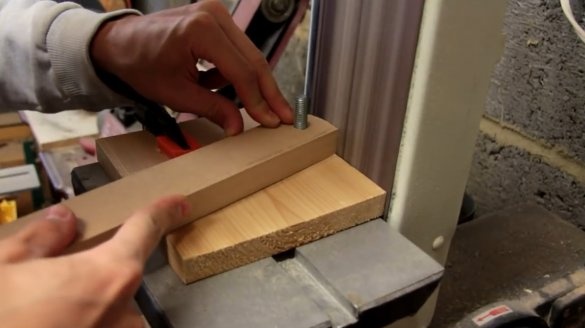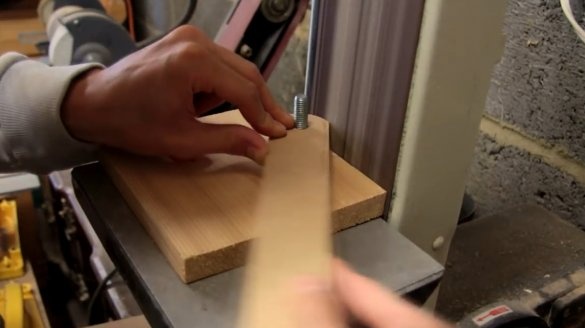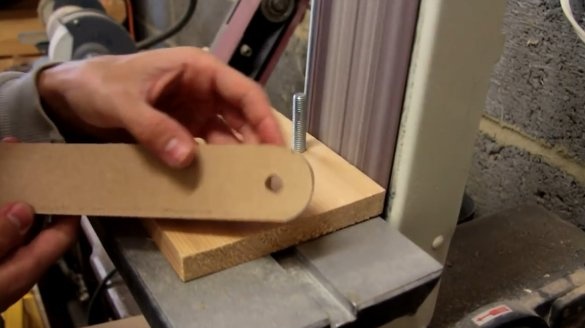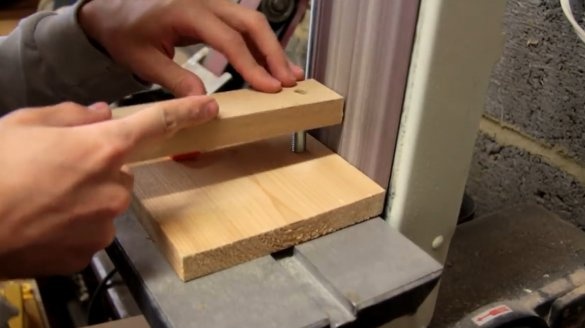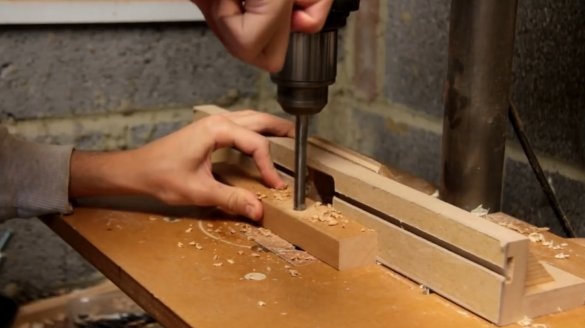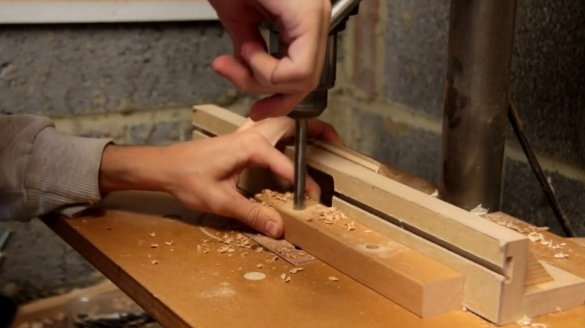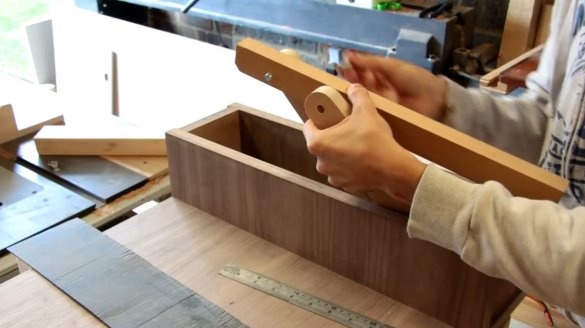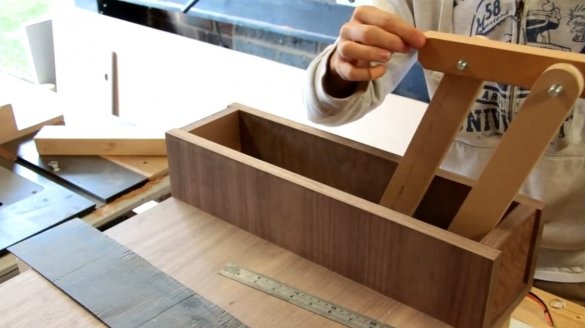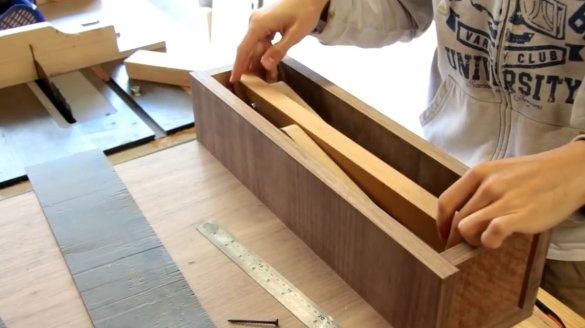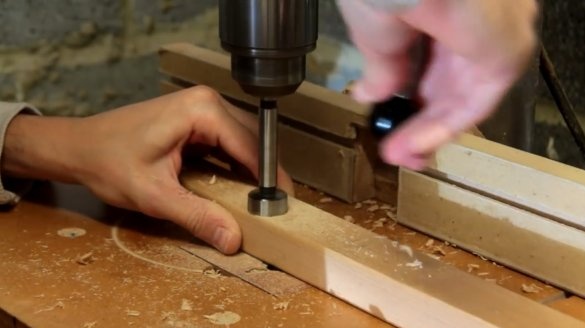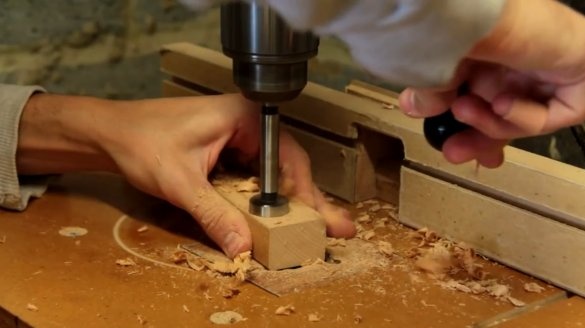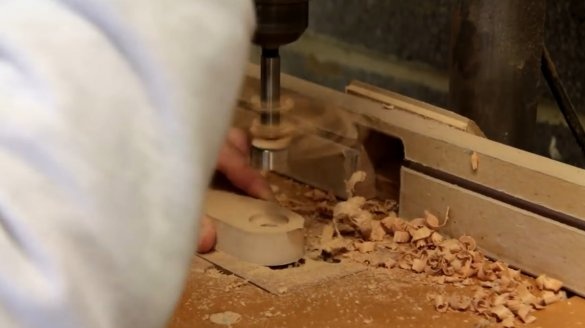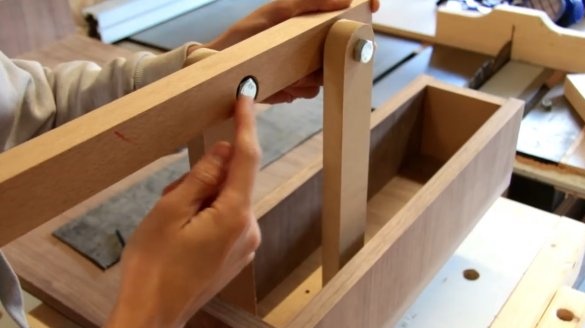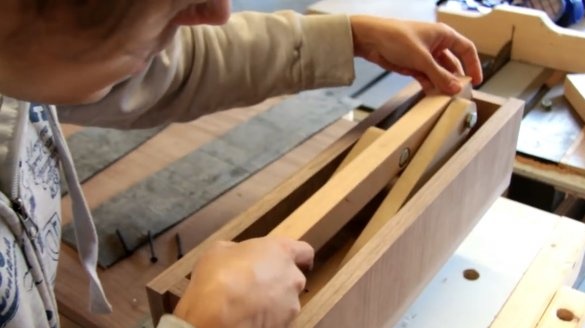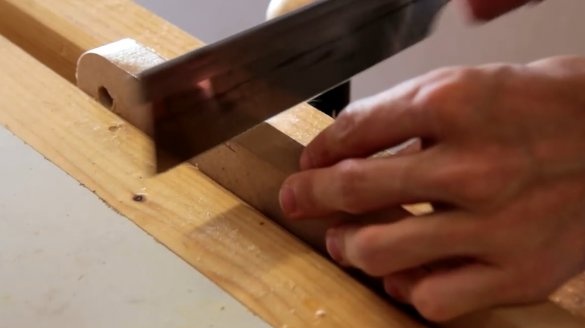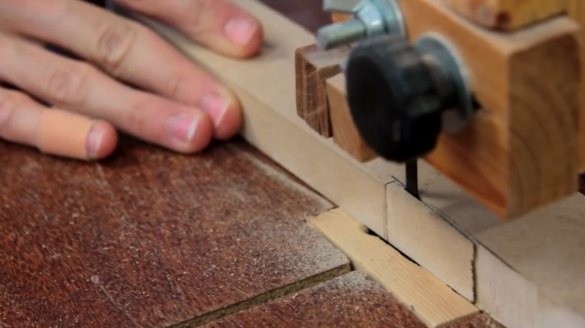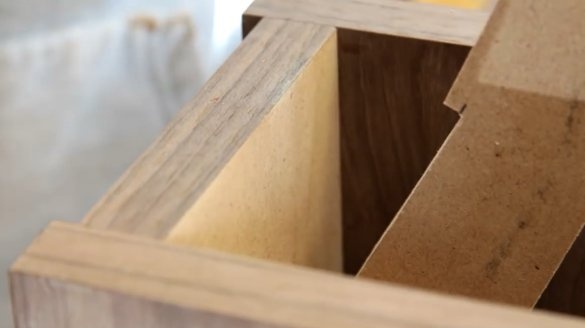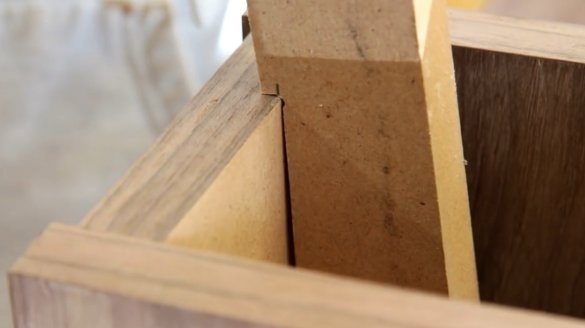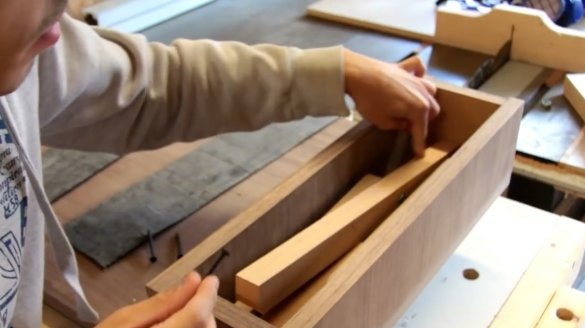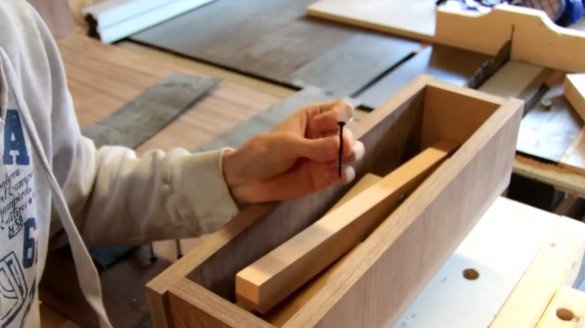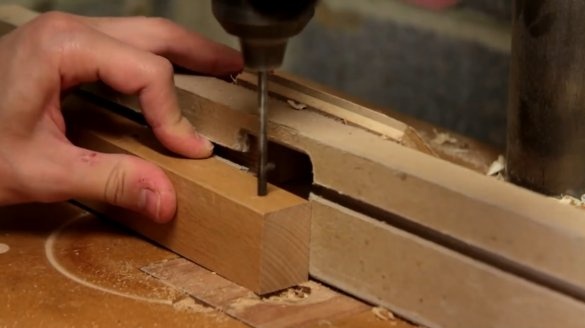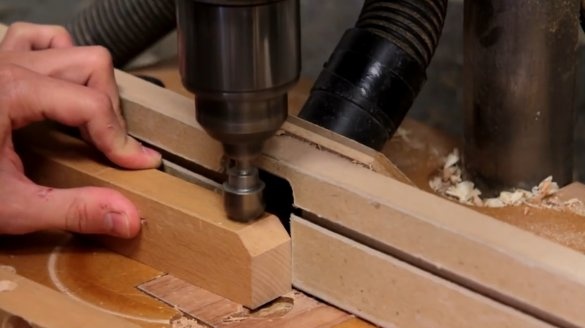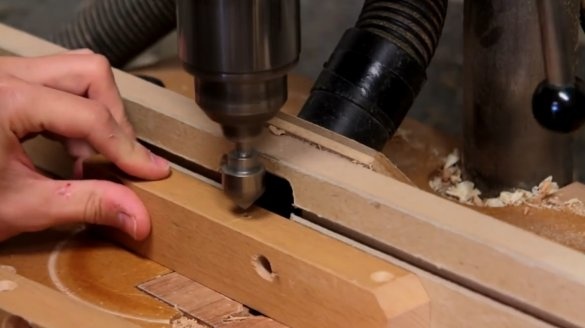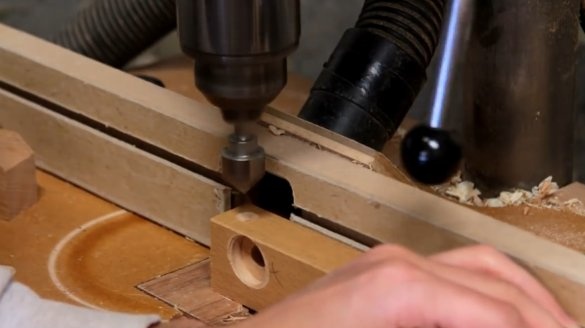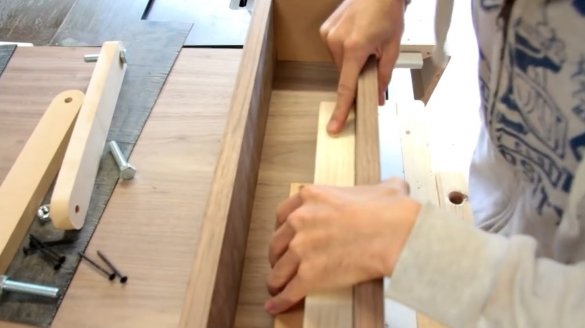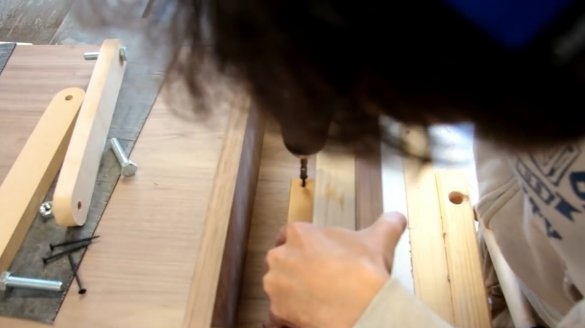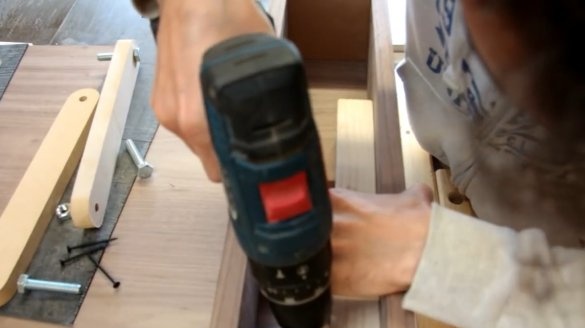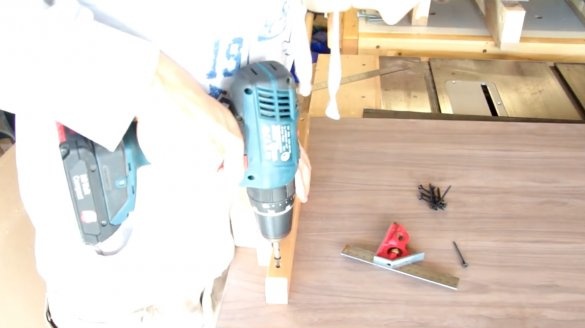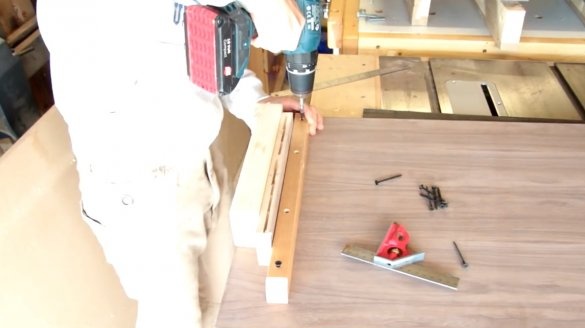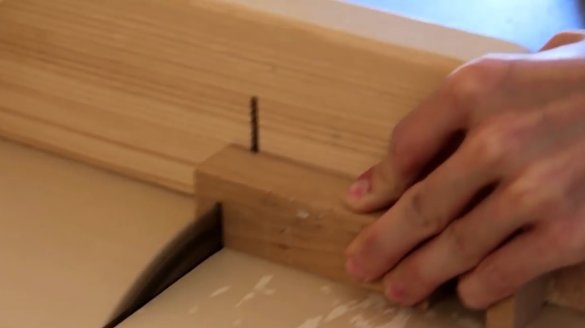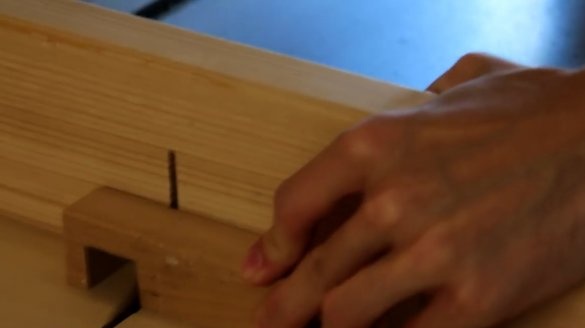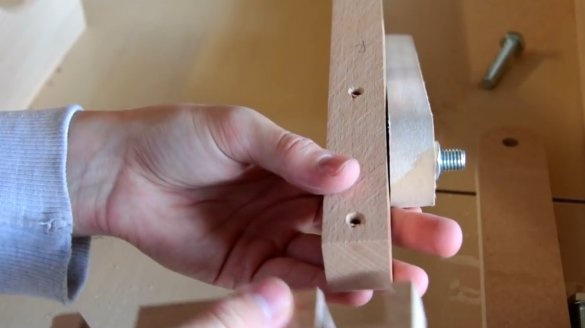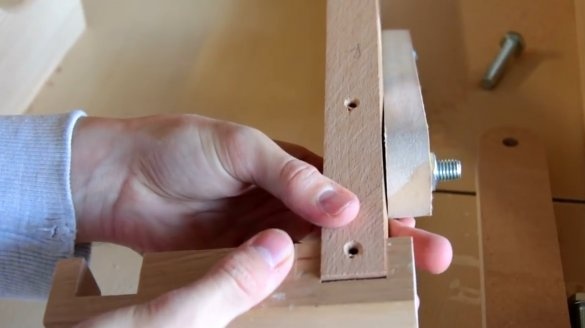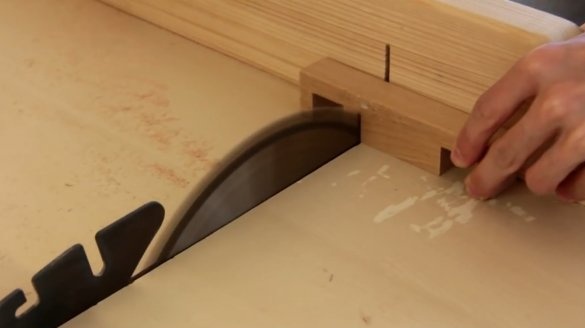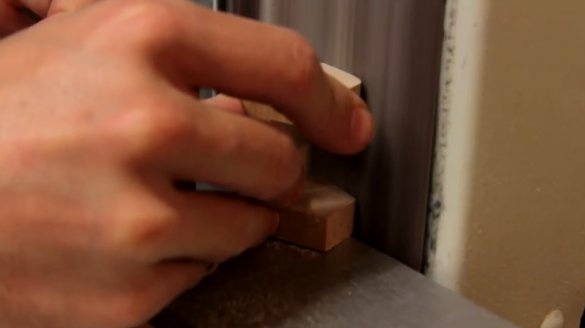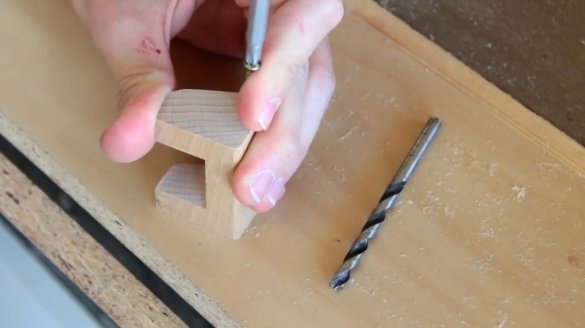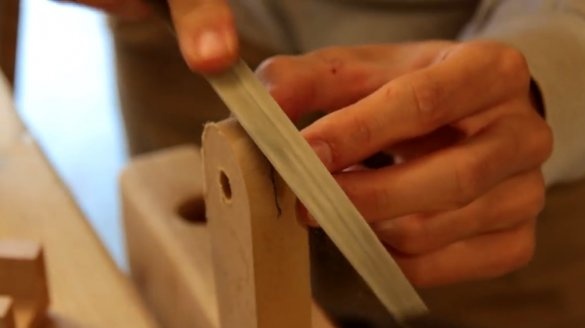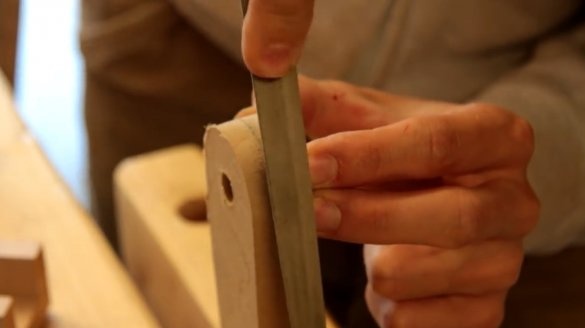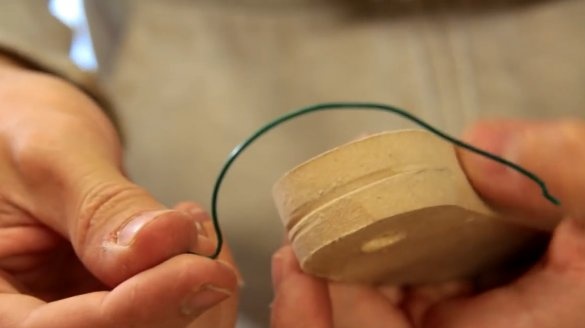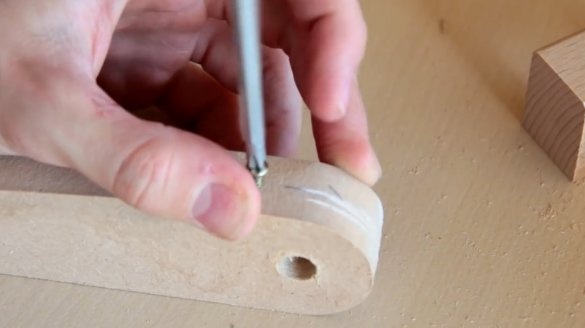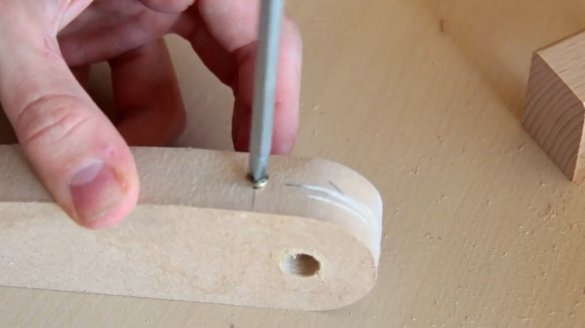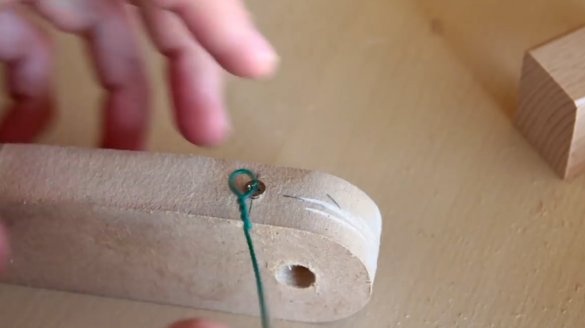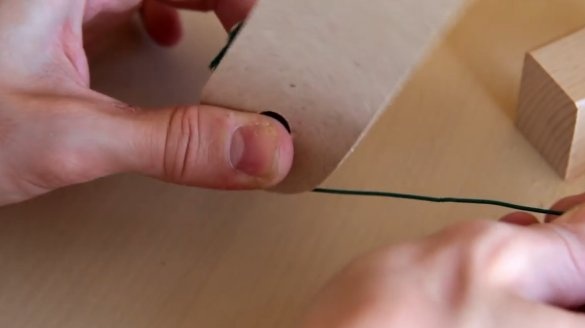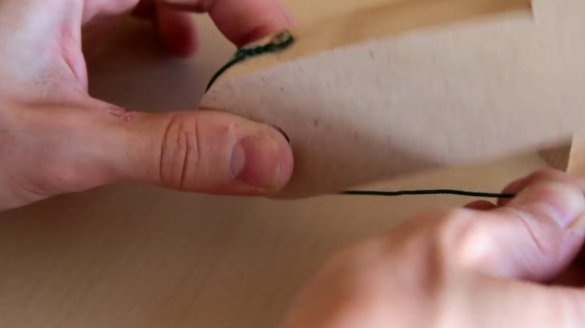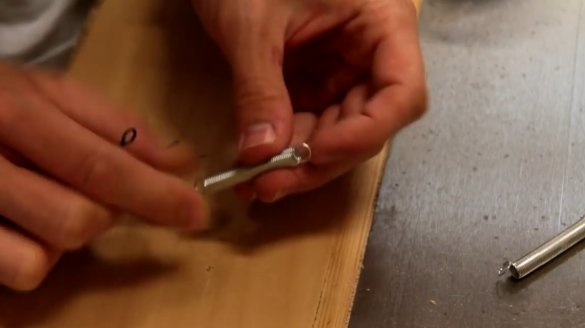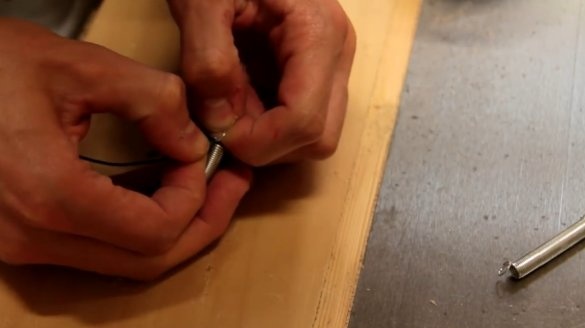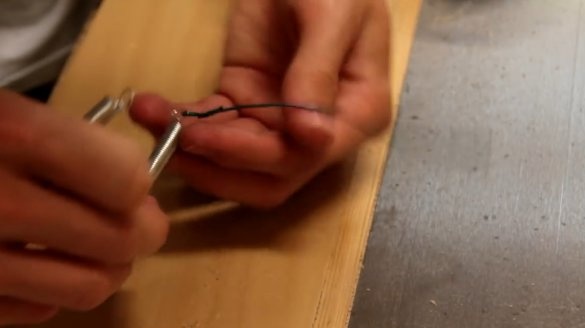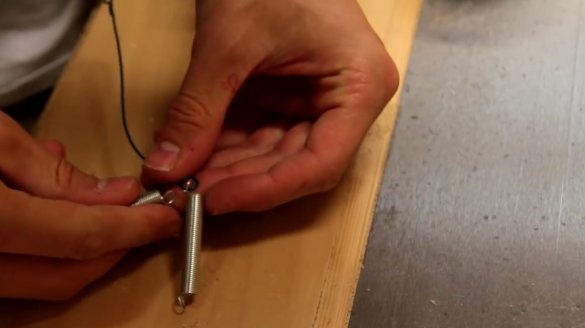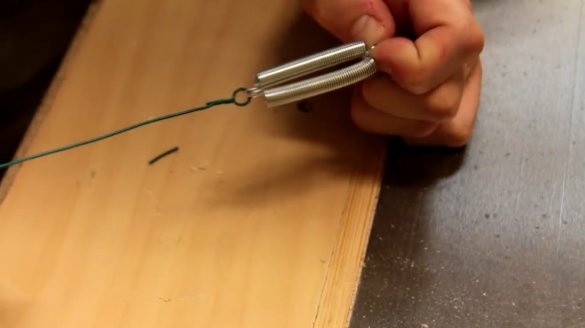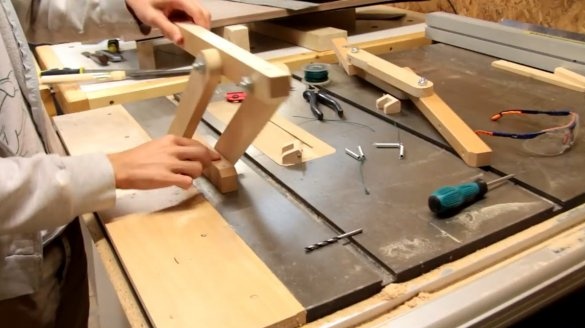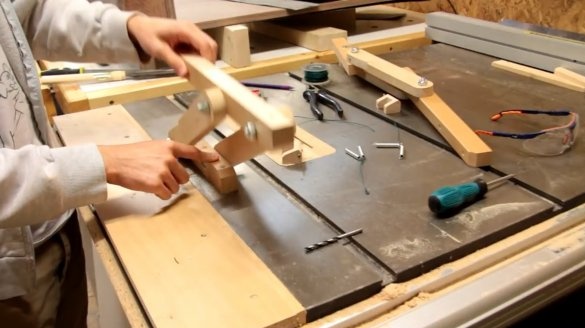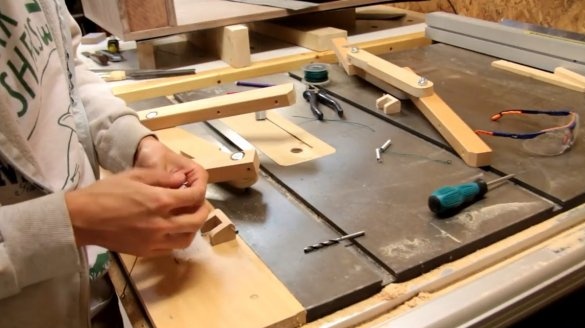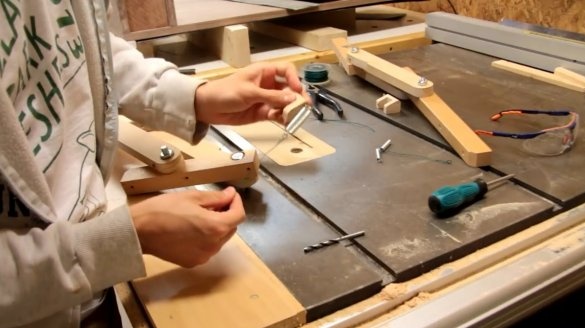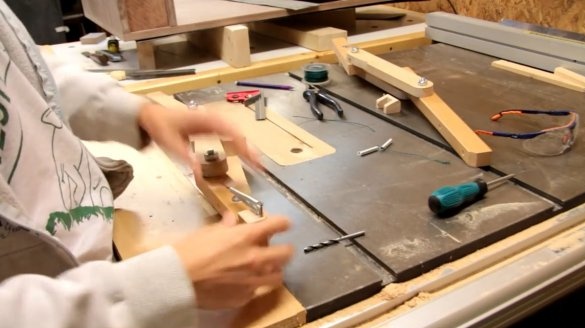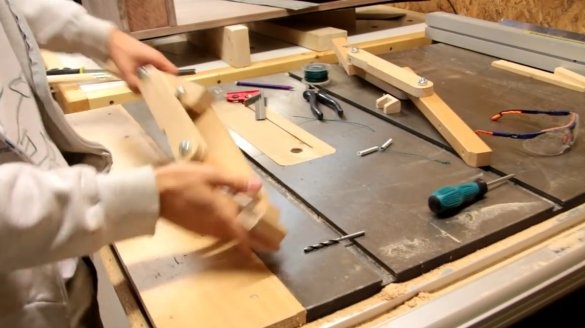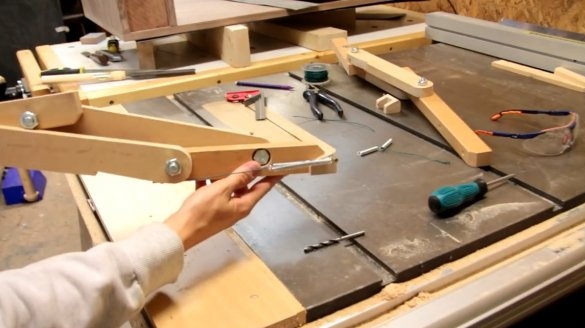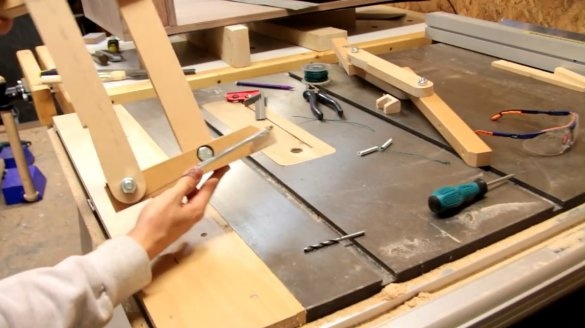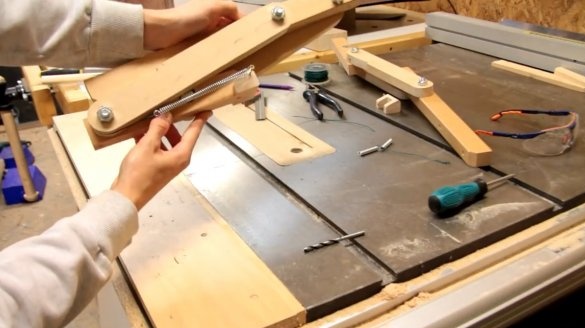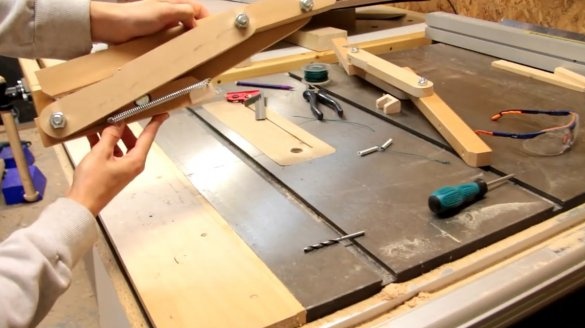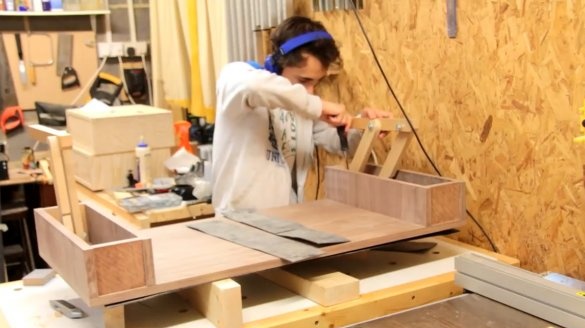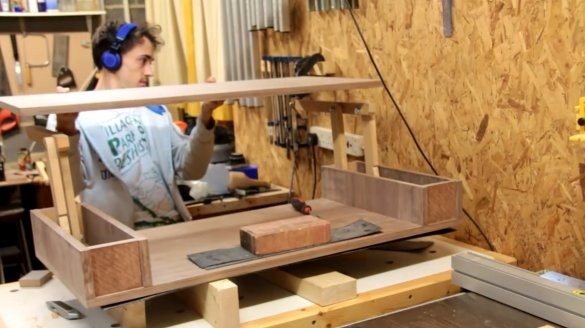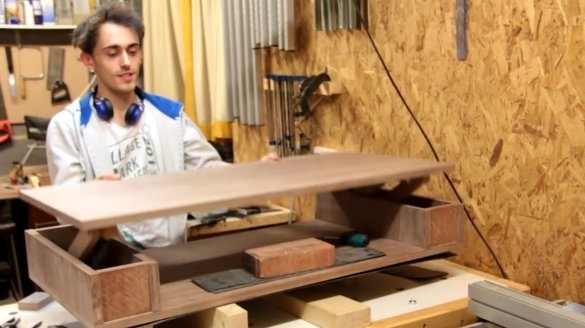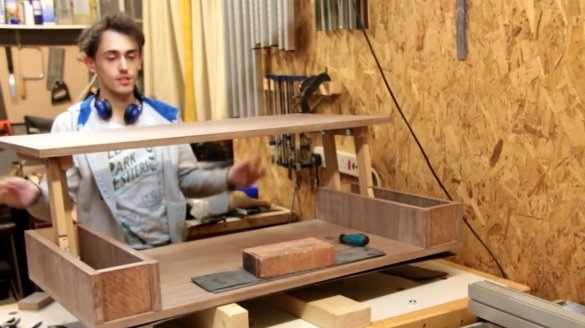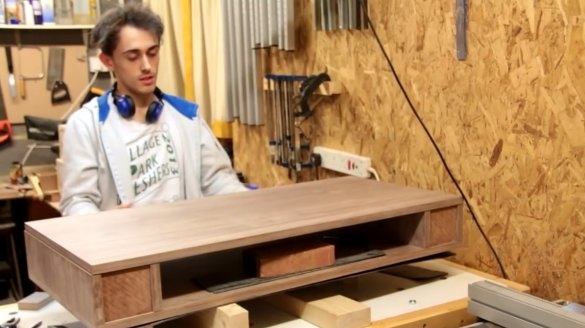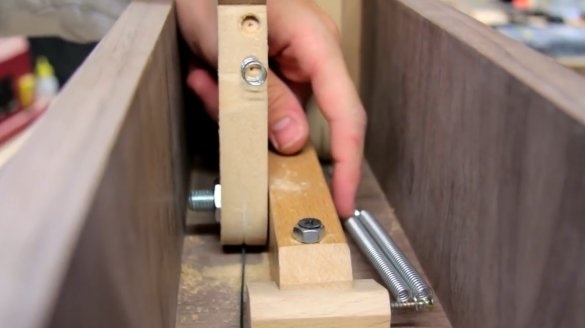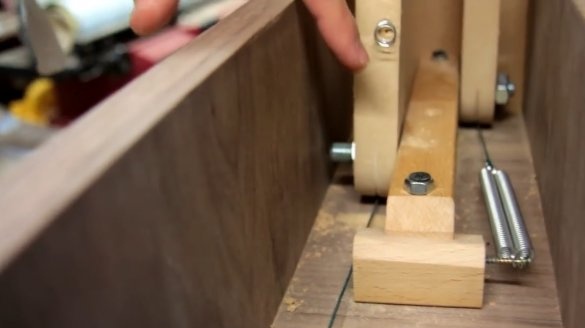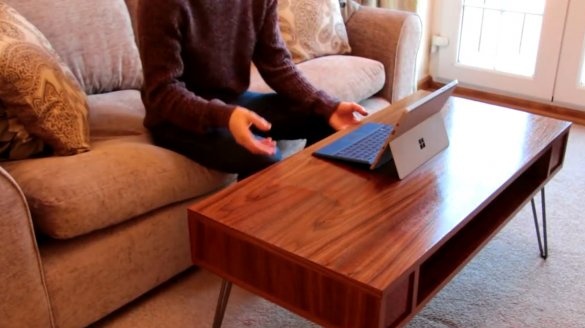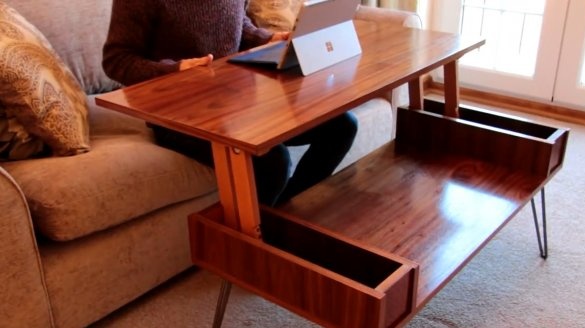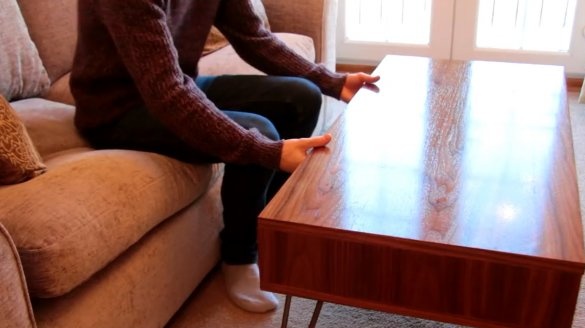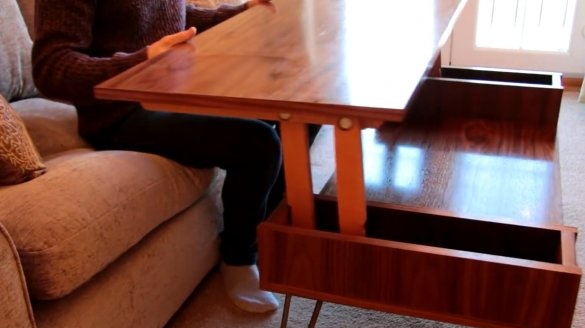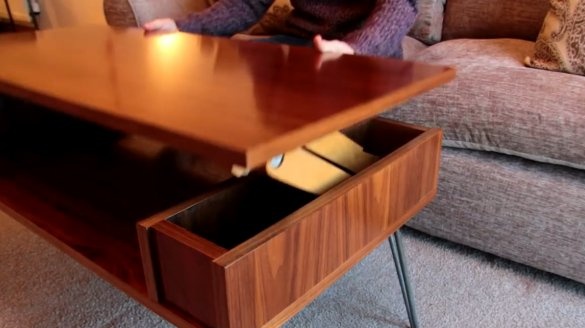This article is dedicated to all readers who cannot imagine their life without coffee, even at their desk.
In it, Alex, the author of YouTube channel "ThisWoodwork" will tell you how to modernize the table specifically for coffee. It will be a retro style table with a rising worktop.
The author will consider the mechanism hidden inside the table. In fact, the system is quite simple and is based on the principle of parallelogram. The main difficulty of this mechanism is the correctly measured angles, and the length of its crossbeams.
Materials
- Wooden blocks
- Bolts and nuts M10
- Wood screws
- Springs, wire cut.
Instruments, used by the author.
- Belt sander
- Drilling machine
- A circular saw
- Forstner drills, countersink drill
- Band-saw
- Screwdriver, screwdriver
- File, hacksaw
- Clamps.
Manufacturing process.
Previously, the author had already made a coffee table, but its functionality was limited, and it was very inconvenient to use a table for working with a laptop.
To create a lifting mechanism for countertops, we need this design.
First of all, the author cuts the trims using a circular saw.
In each of which he makes holes on both sides.
Then the author made this device, and pressed it with a clamp to the table of the grinding machine.
Then he rounds the corners of the slats on a belt sander, simply putting a hole on the bolt, and turning along the belt.
The vertical supports are ready, now you need to drill holes in the mounting strips.
Planks are bolted together. The joints made in this way make it possible to lift and lower. The system either "sits" at the bottom of the box, then rises again, turning into supports.
With the help of a Forstner drill, the author cuts out the grooves for the bonnet.
It can be seen in the image that the holes are slightly countersunked under the caps of the bolt, so that all movements of the structure are smooth, they do not meet any obstacles.
On the stops that rest on the edge of the board, the author made a small recess so that they fit tightly with the board.
By the next step, the author drills holes along the edge of the plank, as well as in the counterpart on the bottom, where later the screws will enter to fix the system on the base of the countertop.
The holes are slightly countersunk.
In order to clearly maintain the parallel line, Alex uses a wooden block, screws the hidden mechanism to the bottom of the table.
Then screw the mount to the bottom of the countertop.
Such a transitional connection is cut out of a whetstone.
At the ends of the racks cuts a groove for wire.
Tightens the screw and pulls the wire.
The author tied two springs to the other edge of the wire.
Then he assembled a lifting mechanism.
This is how springs work.
Now you can attach the countertop to the lifting mechanism, grind, and paint with varnish.
Unfortunately, the springs laid around the working part are not rigid enough. And the author had to additionally install and secure a couple more springs with greater rigidity.
The coffee table for working at the computer is ready, and if you again felt the need to take a break - no problem!
Thanks to the author for the original idea of the lifting mechanism!
All a good mood and interesting homemade goods!

